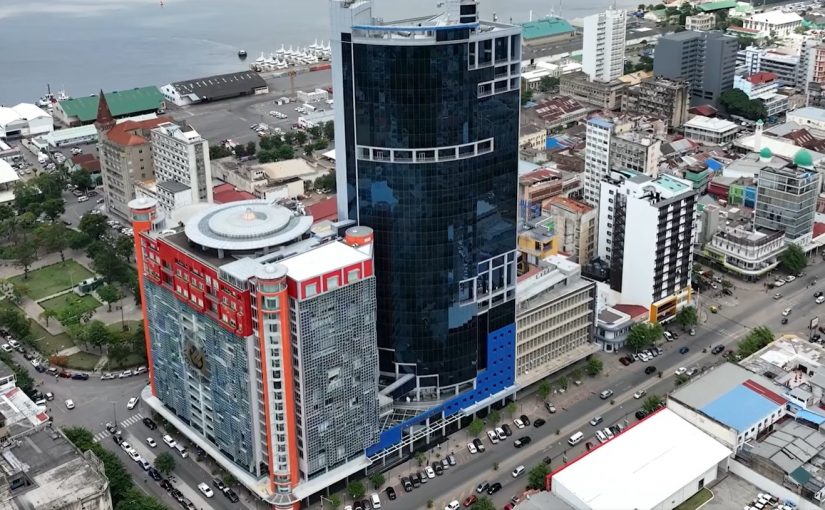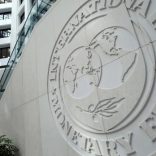Mozambique's gold reserves appreciated by more than 27% in 2024 to 290 ME
Mozambique: New technologies and modernization have led to inclusion reaching almost 100% – central bank

File photo: Banco de Moçambique
The Bank of Mozambique claims that the introduction of new technologies and the modernization of payment infrastructures has led to inclusion levels in the country approaching 100% over the last two years.
In its most recent Economic Situation and Inflation Outlook report, with information up to September, the central bank states that, from December 2022 to June 2024, “the percentage of the adult population with access to digital financial services increased from 68.5% to 94.5%”.
According to the Bank of Mozambique, this growth “results, among other things, from the start of interoperability” between the three electronic money institutions (EMIs) which operate via mobile phones, banks, micro-banks and other service providers, through the ‘SIMO rede’ system.
“Financial inclusion levels have grown significantly due to the introduction of new technologies and the modernization of payment infrastructures,” the central bank explains.
Almost 95 out of every 100 adults in Mozambique have an EMI account, but only 30% have bank accounts, according to data from the central bank reported by Lusa in August.
These 30.9 out of every 100 adults have an account at one of the approximately 15 commercial banks operating in the country, with a greater predominance among men (41.5) than women (19.3).
At the end of 2023, this coverage (30.9) was identical, while in 2022 it was 30.6 and in 2021 it was 30.4.
The same report states that, for every 100 Mozambican adults, 94.5 have an account with an EMI, compared to 93.2 at the end of 2023, 68.5 in 2022 and 67.2 in 2021.
At the end of June, the number of EMI accounts was higher than the number of men (105.8 accounts for every hundred men), while 81.8 women for every hundred had an account.
The number of EMI agents in Mozambique, who operate through mobile telecommunications operators, increased by a further 12.2% in the first half of the year, to over 252,000, covering all 154 districts in the country.
According to official data, the total number of EMI agents in September last year amounted to 203,240, a number that grew to 224,704 by the end of December and to 252,144 at the end of last June.
All districts in the country now have EMI agents, from the city of Maputo in the south of the country, with 36,795, to Larde in the province of Nampula in the north, with 11. Conversely, of the country’s 154 districts, 33 still do not have any branches of traditional banks, compared to 26 at the end of 2023.
Mozambique currently has three EMIs, from the three mobile telecommunications operators, which provide financial services via mobile phones, including money transfers between customers or payment for services.
This is a solution that facilitates and increases the population’s access to financial services, using only mobile phones and EMI agents on the street.
In 2023, Mozambique’s EMIs broke the record for transfers, with more than 400 million transactions, according to data from the central bank.
According to the same source, EMI transfers totalled 401,178,582 last year, compared to 338.5 million transactions in the whole of 2022 and 324.1 million in 2021, moving more than 340.2 billion meticais (€4.86 billion).
In the budget proposal for 2024, the Mozambican government plans to continue fiscal policy reforms to “increase the level of revenue collection”, in particular by advancing “taxation of commissions from electronic money agents and institutions”.
The mKesh Mobile Wallet, from the state operator Tmcel, was, in 2012, the first to be created in Mozambique, followed by Vodacom’s M-Pesa in 2013, and e-Mola from Movitel the following year.












Leave a Reply
Be the First to Comment!
You must be logged in to post a comment.
You must be logged in to post a comment.